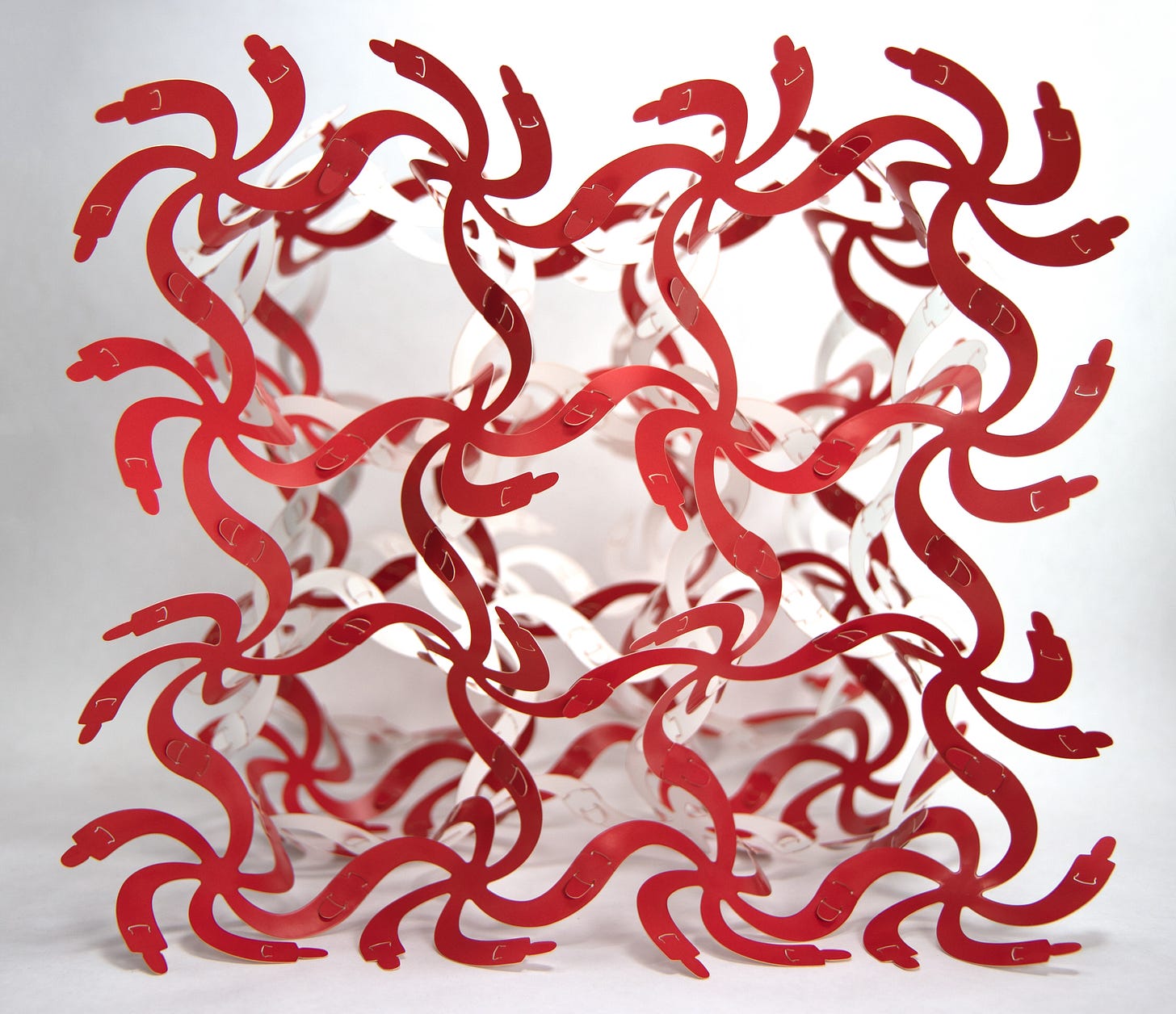Struggling to Find Your Style? Do this…
Finding Your Voice: The Importance of Developing a Distinctive Artistic Style
For any artist, developing a distinctive style is crucial. It’s what sets you apart in the vast sea of creativity and makes your work instantly recognizable. A unique style is your artistic fingerprint, and it’s essential for building a lasting career. But how do you find your style, especially when it feels like you’re struggling to discover what truly represents you? Let’s dive into why a distinctive style matters and explore some strategies to help you find yours.
Why a Distinctive Style Matters
Recognition: In the art world, your style is your brand. Just like companies have logos and slogans, artists have their unique visual language. When people see your work and can immediately identify it as yours, you’ve established a brand. This recognition is invaluable for building a following and gaining opportunities for exhibitions, commissions, and sales.
Personal Expression: Your style is a reflection of your personal voice and vision. It’s how you communicate your thoughts, feelings, and perspectives to the world. A distinctive style allows you to convey your message more powerfully and authentically. It’s a way of saying, “This is who I am and what I have to say.”
Differentiation: The art world is competitive, and having a unique style help will you stand out. Collectors, galleries, and art enthusiasts are always on the lookout for something original. If your work looks like everyone else’s, it’s harder to make a mark. A distinctive style makes you memorable and desirable in the eyes of those who appreciate and invest in art.
How to Find Your Style
Experiment and Explore: One of the best ways to find your style is to experiment with different mediums, techniques, and subjects. Don’t be afraid to step out of your comfort zone. Try painting, drawing, sculpture, digital art, you name it. Explore various genres and themes. The more you experiment, the more you’ll discover what resonates with you.
Study (and Copy) Other Artists: Look at the work of artists you admire. Analyze what you like about their style and techniques. Make a note of recurring themes, color palettes, brushstrokes, or compositions that you’re drawn to. This can provide clues about your own preferences and inclinations. And lastly, copy freely—somewhere along the way you will find yourself.
Reflect on Your Influences: Think about your personal experiences, cultural background, and interests. How can these elements influence your work? Your style often emerges from the intersection of your life story and your artistic practice. Reflecting on your influences can help you infuse your work with a sense of authenticity and individuality.
Create Consistently: Developing a style takes time and practice. Make art regularly, even when you’re not feeling particularly inspired. The more you create, the more your unique voice will start to emerge. Don’t worry about making each piece perfect. Focus on the process and let your style develop organically over time.
Seek Feedback: Share your work with others and ask for feedback. Constructive criticism from peers, mentors, and even your audience can provide valuable insights. Sometimes, others can see patterns and strengths in your work that you might overlook. Use this feedback to refine and develop your style further.
Embrace Your Uniqueness: Don’t try to force yourself into a mold that doesn’t fit. Embrace what makes you unique, even if it doesn’t conform to current trends. Authenticity is key to developing a distinctive style. Trust your instincts and create art that feels true to who you are.
Overcoming Struggles in Finding Your Style
Patience is Key: Finding your style doesn’t happen overnight. It’s a journey that requires patience and persistence. Allow yourself the freedom to evolve and change. Your style might shift over time, and that’s perfectly okay. What’s important is that you keep moving forward and stay true to your artistic journey.
Avoid Comparison: It’s easy to get discouraged when you compare yourself to others. Remember, every artist’s journey is unique. Focus on your progress and celebrate your achievements, no matter how small. Comparing yourself to others can stifle your creativity and hinder your growth.
Document Your Journey: Keep a sketchbook or journal to document your artistic journey. Note down your thoughts, ideas, and experiments. This not only helps you track your progress but also provides a repository of inspiration. Looking back at your journey can help you see patterns and breakthroughs that contribute to your style.
Stay Open to Change: Your style will evolve as you grow as an artist. Stay open to new influences and experiences. Don’t be afraid to pivot or reinvent your style if it feels right. Artistic growth often comes from embracing change and exploring new possibilities.
Conclusion
Developing a distinctive style is a vital part of an artist’s journey. It’s what makes your work stand out and allows you to express your unique voice. While finding your style can be challenging, it’s a journey worth taking. By experimenting, reflecting, and staying true to yourself, you’ll discover a style that is authentically yours. Remember, the process of finding your style is as important as the result. Enjoy the journey, and let your creativity shine. Ciao!


